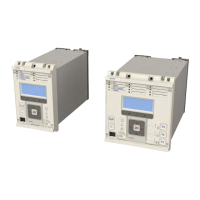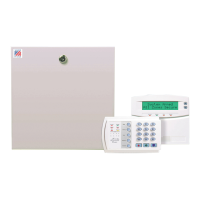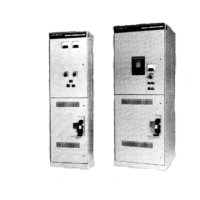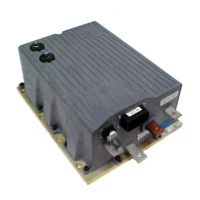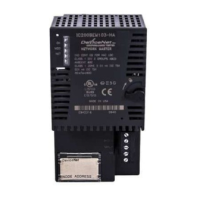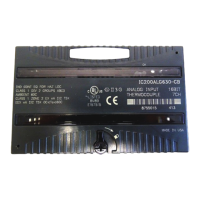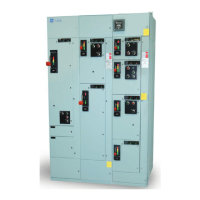Note:
Class x or Class 5P C
Ts should be used for low impedance REF applications.
2.6 HIGH IMPEDANCE REF PROTECTION
The high impedance REF element will maintain stability for through-faults and operate in less than 40ms for
internal faults, pr
ovided the following equations are met:
Note:
Class x C
Ts should be used for high impedance REF applications.
2.7 USE OF METROSIL NON-LINEAR RESISTORS
Current transformers can develop high peak voltages under internal fault conditions. Metrosils are used to limit
these peak v
oltages to a value below the maximum withstand voltage (usually 3 kV).
You can use the following formulae to estimate the peak transient voltage that could be produced for an internal
fault. The peak voltage produced during an internal fault is a function of the current transformer kneepoint voltage
and the prospective voltage that would be produced for an internal fault if current transformer saturation did not
occur.
Vp = 2
Ö
(2VK(V
F
-V
K
))
Vf = I'f(R
CT
+2
RL
+R
ST
)
where:
● Vp
= Peak voltage developed by the CT under internal fault conditions
● Vk
= Current transformer kneepoint voltage
● Vf = Maximum voltage that would be produced if CT saturation did not occur
● I'f = Maximum internal secondary fault current
● R
CT
= Current transformer secondary winding resistance
● R
L
= Maximum lead burden from current transformer to relay
● R
ST
= Relay stabilising resistor
You should always use Metrosils when the calculated values are greater than 3000 V. Metrosils are connected
across the circuit to shunt the secondary current output of the current transformer from the device to prevent very
high secondary voltages.
Metrosils are externally mounted and take the form of annular discs. Their operating characteristics follow the
expression:
V = CI
0.25
where:
● V = Instantaneous voltage applied to the Metrosil
● C = Constant of the Metrosil
● I = Instantaneous current through the Metrosil
P24xM Chapter 9 - Current Transformer Requirements
P24xM-TM-EN-2.1 197
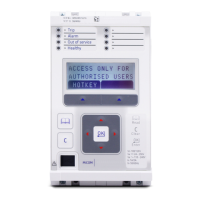
